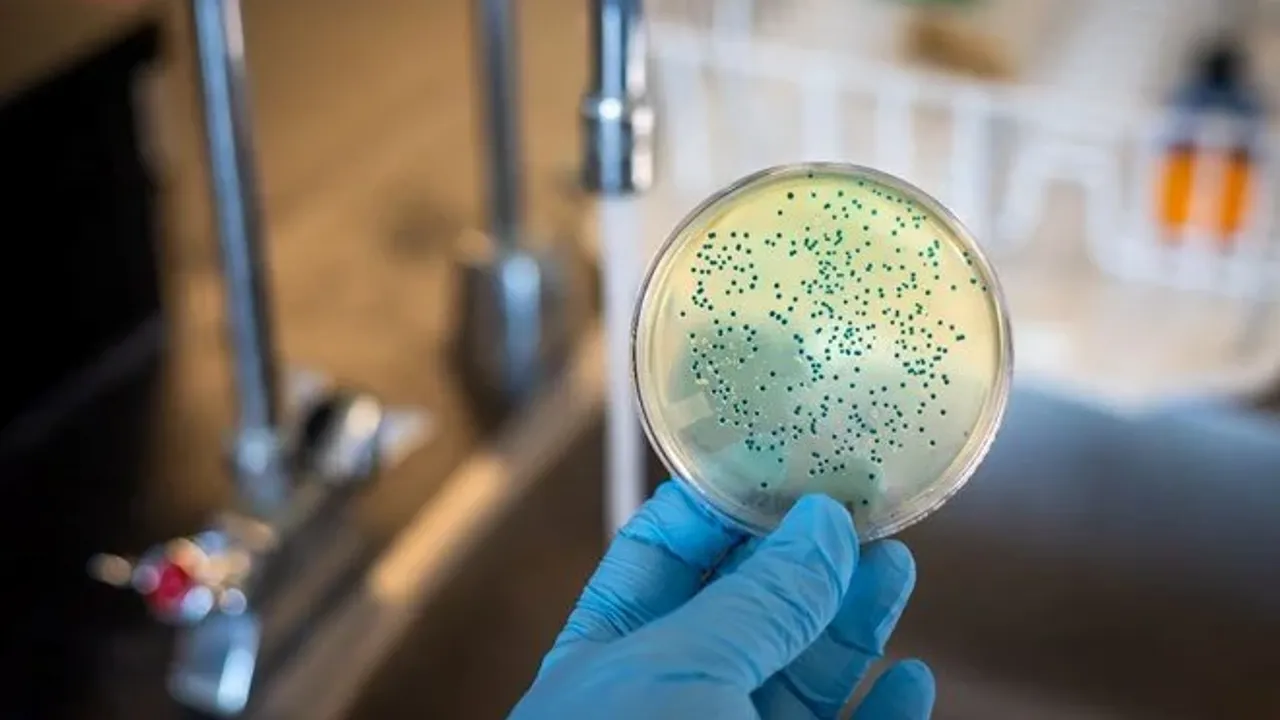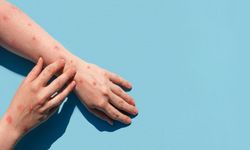About half a million people die every year from this deadly bacteria. This bacterium, which can survive in jet fuel and pure water, can also be deadly in hospital conditions thanks to its adaptability.
The world's deadliest pathogen: "Kills half a million people a year"
Pseudomonas aeruginosa, one of the most common Gram-negative bacteria, is one of the most dangerous microbes known to man.
Capable of penetrating our defenses and infiltrating even our most sterile spaces, this insidious killer tops the World Health Organization's list of the most dangerous pathogens.
Most of us encounter germs in our everyday environment and get away with it without any ill effects. But under the right conditions, this bacterium, which easily exploits even the smallest gaps in our defenses, can turn into an out-of-control infection.
Scientists have taken action to find out how a microorganism so common in nature can pose serious dangers to humans.
Scientists from the University of Cambridge collected nearly 10,000 bacterial samples from human, animal and environmental sources around the world, some dating back to 1900.
A FAMILY TREE BETWEEN VIRUSES
This research has produced a genetic family tree of 596 virus strains linked to Pseudomonas aeruginosa.
Most of the diseases were found to be associated with 21 of them. These virus strains, which have evolved rapidly over the last 200 years, have been shown to cause dangerous infections.
About half a million people die every year from these deadly bacteria. The main reason for the deaths is its resistance to antibiotics.
This bacterium, which can survive in jet fuel and pure water, can also be fatal in hospital conditions due to its strong adaptability. People being treated in hospital for diseases such as cystic fibrosis and bronchiectasis are even more vulnerable to the bacteria.
This information calls for more effective screening methods and increased quarantine measures.
















